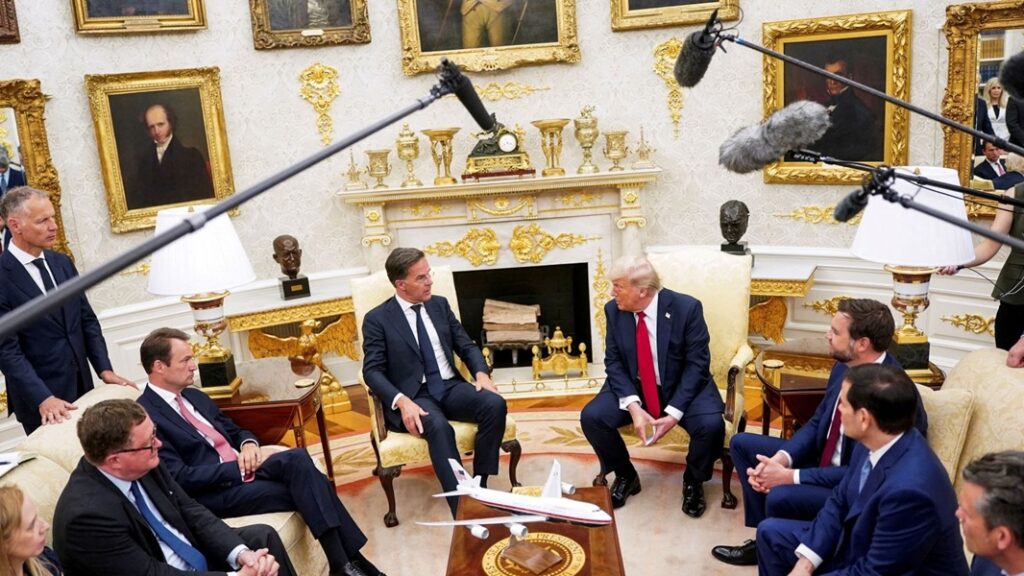Major Trade Shakeup to Begin Next Week Under New “System of Trade”
In a bold move to overhaul international trade, President Donald Trump signed an executive order Thursday imposing sweeping tariffs on nearly 70 countries. The Trump tariffs 2025 are set to take effect in seven days, with rates ranging from 10% to a staggering 50% on select imports.
The rollout, initially expected to begin Friday, has been delayed to next week. Goods shipped before August 7 and arriving by October 5 will be exempt from the new rates.
Highest Tariffs Hit Laos, Myanmar, Syria, and Brazil
The steepest tariffs include:
- Syria: 41%
- Laos and Myanmar: 40%
- Brazil: 50% (a 40% add-on to a 10% baseline rate)
Other notable rates include:
- Canada: 35% (previously unveiled)
- India: 25%
- Japan: 15% (down from 24%)
- Vietnam: 20% (down from 46%)
Countries not specified in the order will face a default 10% tariff.
AI Manipulation: What My Failed Podcast Taught Me About Trust and Transparency
Extended Tariff Strategy and Trade Negotiations
The new tariff structure mirrors the “Liberation Day” tariffs Trump announced on April 2 but expands and modifies key elements. Some countries — including Bolivia, Ecuador, Ghana, and Iceland — now face 15% tariffs for the first time under the new order.
Following months of stalled implementation, the administration had postponed the rollout to pursue trade deals. In the days leading up to the August 1 deadline, the U.S. struck agreements with:
- United Kingdom
- Japan
- South Korea
- European Union
- Philippines
- Indonesia
- Vietnam
Trump also reached a preliminary accord with China, scaling back retaliatory tariffs in what the White House called “a step toward stability.”

Mexico Gets Partial Relief Under USMCA
While Mexico narrowly avoided the harshest penalties, it still faces:
- 25% baseline tariffs
- Sector-specific levies on cars, aluminum, and steel
These tariffs exempt products compliant with the United States-Mexico-Canada Agreement (USMCA).
Consumer Impact and Economic Rationale
According to the Yale Budget Lab, the Trump tariffs 2025 could cost the average U.S. household an extra $2,400 per year. While importers typically absorb some costs, consumers are expected to face price increases across multiple sectors.
The White House defends the move as part of its “America First economic agenda,” claiming it has already attracted “trillions in new U.S. investment.” A senior Trump official described the tariffs as the launch of a “new system of trade,” replacing efficiency-driven globalism with “fair and balanced trade.”
Trump’s Strategic Use of Tariffs
Trump’s trade team has consistently framed tariffs as a negotiation tool, not merely a punishment. “The president and his trade team want to cut the best deals for the American people and the American worker,” Press Secretary Karoline Leavitt emphasized.
Whether this aggressive tariff push delivers the intended economic results—or triggers global retaliation—remains to be seen. But one thing is clear: Trump’s trade policy is back on the front lines, and the world is watching.






